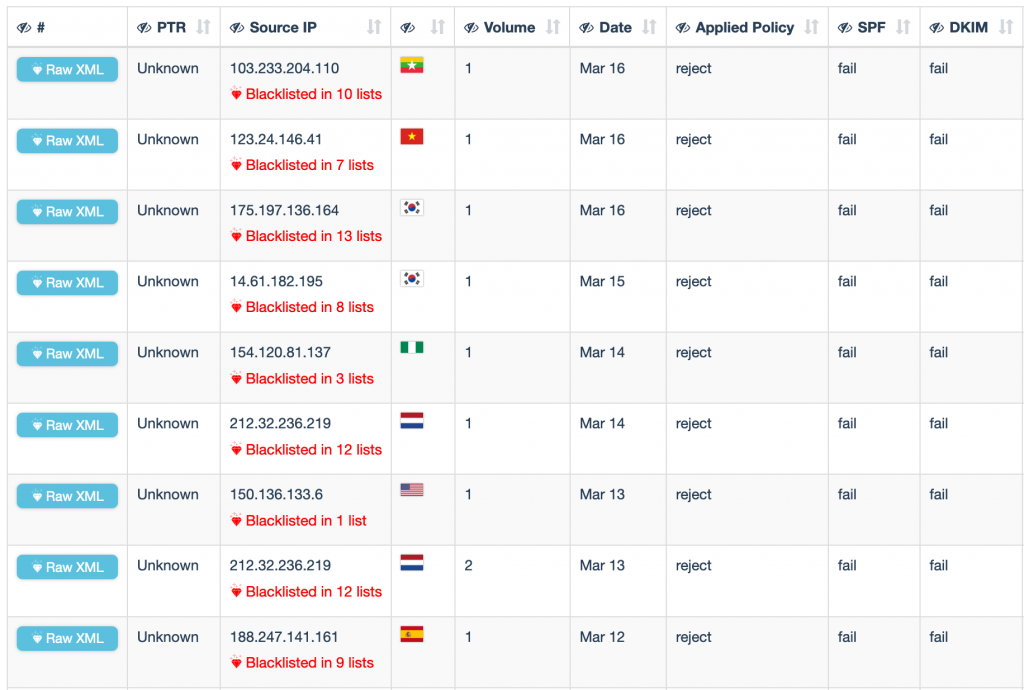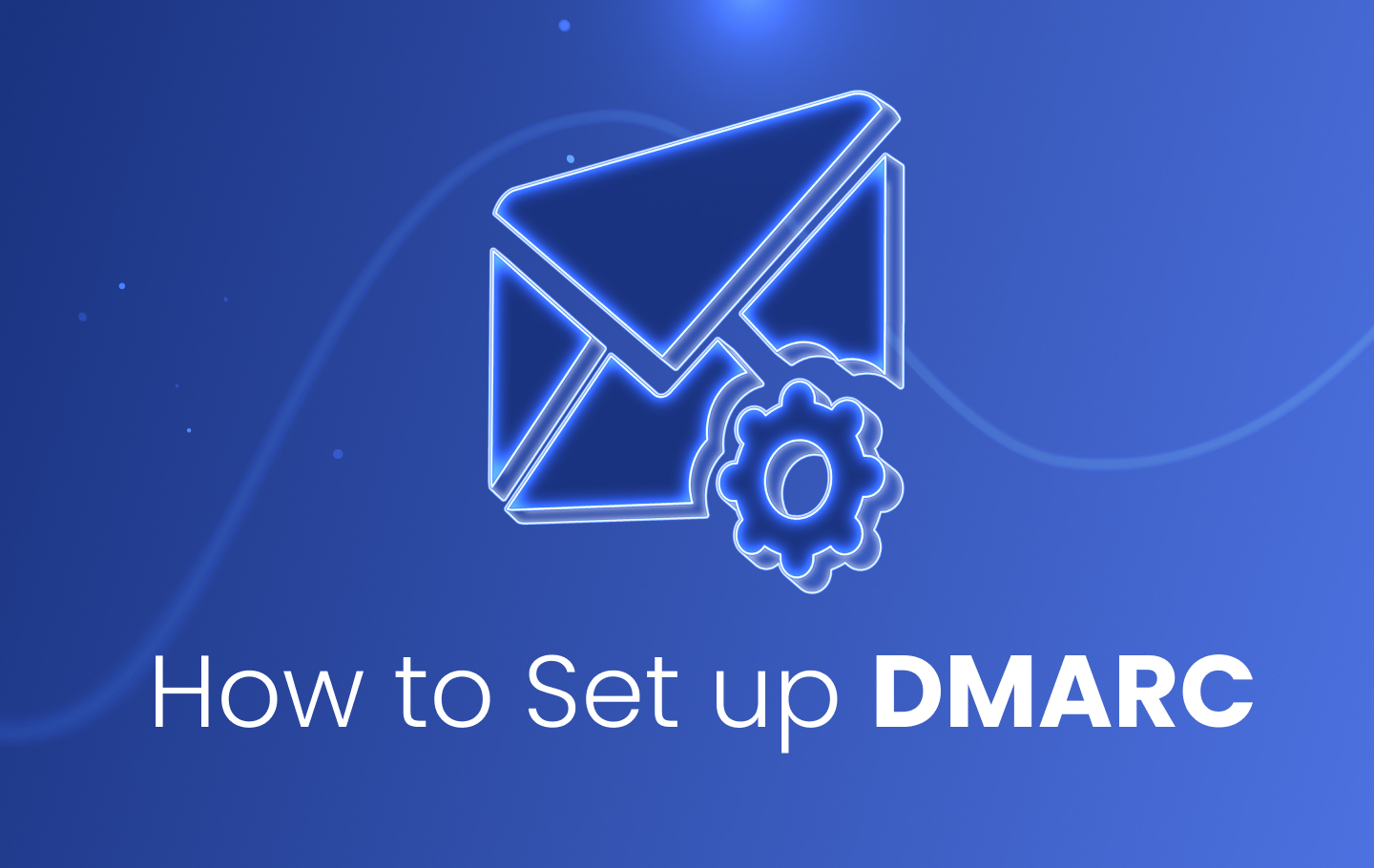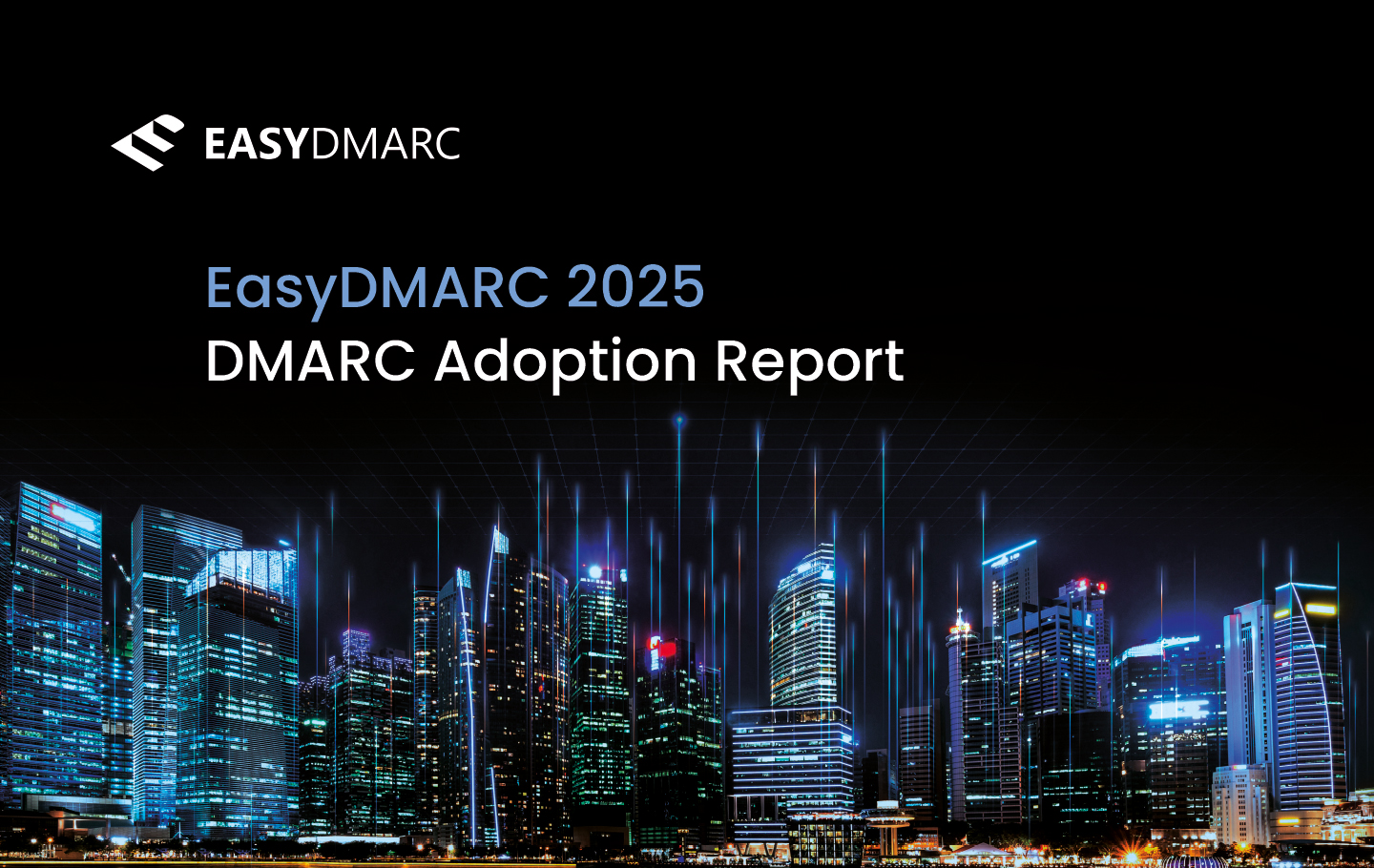Securing your email infrastructure is essential for protecting your clients, vendors, partners, and anyone who receives emails from you. Implementing email security protocols like DMARC (Domain-based Message Authentication, Reporting, and Conformance) is a key step to preventing phishing and spoofing attacks while enhancing your overall security.
Setting up DMARC is simpler than you might think. In this guide, we’ll show you how to add DMARC records to your DNS quickly and with no need for technical expertise.
Why Should You Add a DMARC Record to Your DNS?
Learning how to add a DMARC record is key to gaining the trust of internet service providers and protecting your domain. Proper DMARC configuration protects your customers and employees from phishing and spoofing attacks while providing visibility into unauthorized emails sent from your domain. By implementing DMARC, you can differentiate legitimate emails from those sent by hackers, whether they’re third parties, business units, or threat actors.
Here are some examples of phishing attempts:

The Importance of Building a DMARC Record for Business Email Security
Businesses that use DMARC save time catching cybercriminals and identifying the illegal use of their email by hackers. This, along with increased brand trust and authority, the elimination of customer support costs, and reduced email fraud, are just some of the many benefits of knowing how to set up DMARC and taking the recommended steps.
DMARC gives your customers private and trusted email communication without the fear of becoming victims of cyberattacks. In 2024, the global average cost of a data breach reached $4.88 million — a 10% increase from the previous year and the highest ever recorded.
Organizations that used security AI and automation saved an average of $2.22 million compared to those that didn’t, emphasizing the value of proactive measures like DMARC in preventing costly breaches.
What is DMARC?
DMARC is an open standard used by 70% of the world’s inboxes to enhance email security. DMARC setup is one of the most effective ways for businesses to protect their email domains from illegitimate use and cyberattacks.
DMARC is built on two other email authentication protocols: SPF (Sender Policy Framework) and DKIM (Domain Keys Identified Mail). Both must be configured on your Envelope From and Friendly From domains before you can enable DMARC.
By implementing DMARC, businesses gain visibility into how their email domains are used. It allows them to detect and prevent unauthorized emails, improving email deliverability and protecting against phishing attacks. Additionally, DMARC builds trust with customers by ensuring that emails sent from your domain are legitimate, helping to prevent financial losses from fraud and cybercrime.
Build Your DMARC Record in Under One Minute With Our Advanced Email Protection Tools
Here’s how to set up DMARC in your DNS in a few easy steps:
- Go to the EasyDMARC website and generate your DMARC record with our DMARC generator.
- If you have multiple domains you need to generate your DMARC text record in your DNS for each sending domain.
- Set the DMARC policy to none, indicating DMARC’s monitor mode.
- With DMARC in monitor mode, you can gather information on your entire email ecosystem and see who is sending emails on behalf of your brand, what emails are getting delivered, and what emails are not.
- Update your DNS service by adding the DMARC TXT record you generated.
How to Set Up a DMARC Record in DNS
Access your hosted domain and locate the DNS administrator to add your DMARC record. Once added, you can monitor your domain activity effortlessly. We recommend using our platform to enable DMARC reporting, giving you insights into where your email traffic originates. You’ll quickly discover how many unauthorized users are attempting to misuse your domain.
Use our free DKIM validator tool for DMARC validation and verification to confirm everything is set up correctly.
Frequently Asked Questions
DMARC alignment ensures email authentication by verifying that the “from” domain in an email matches the domains authenticated by SPF and DKIM. This prevents email spoofing and phishing by confirming the sender’s legitimacy.
DMARC aggregate reports are XML documents that provide information about the authentication status of DMARC, SPF, and DKIM. This data is sent to the “rua” address and contains no sensitive information about email messages. Forensic (RUF) reports are detailed, real-time failure reports sent by receiving email servers if an email authentication fails DMARC.
For most organizations, review DMARC reports monthly. Smaller businesses might review quarterly. Regular reviews help identify potential email authentication issues, detect unauthorized email sending, ensure proper email delivery, and progressively tighten email security policies.
SPF (Sender Policy Framework) is focused on two things: validating the sender’s IP address and checking if emails come from authorized servers. DKIM (DomainKeys Identified Mail), on the other hand, adds a digital signature to emails, verifies that an email hasn’t been tampered with, and provides authentication. Finally, DMARC builds on SPF and DKIM, sets policies for handling failed email authentication, provides reporting, and prevents email spoofing. Each protocol adds a layer of email security, with DMARC being the most comprehensive.
- asdasdasd
asdsadasd
- asdsadsad
xasxaxa


